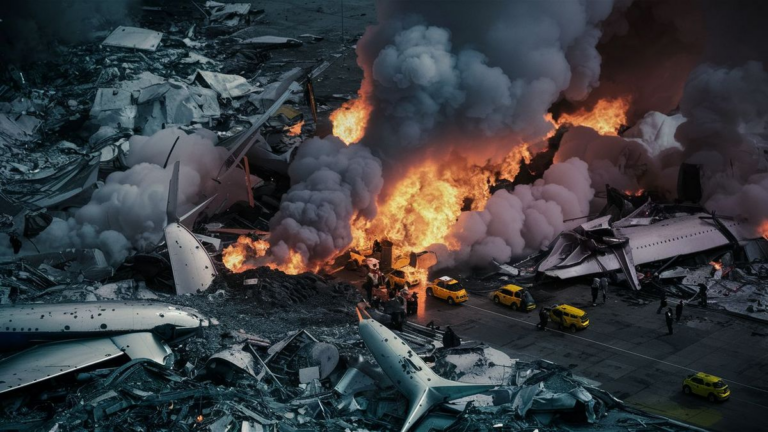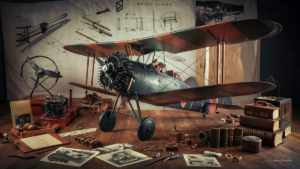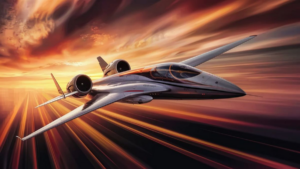On the tragic day of September 11, 2001, the world witnessed one of the most devastating terrorist attacks in history. The Twin Towers, iconic symbols of the World Trade Center in New York City, were targeted by hijackers who commandeered commercial airliners and deliberately flew them into the skyscrapers, causing unimaginable destruction and loss of life.
As the world grappled with the enormity of the events unfolding on that fateful morning, one question echoed in the minds of millions: What type of planes were used in the attacks?
The Aircraft: American Airlines Flight 11 and United Airlines Flight 175
The planes that struck the Twin Towers were American Airlines Flight 11 and United Airlines Flight 175, both Boeing 767 aircraft. These commercial jets, typically used for long-haul flights, were transformed into weapons of mass destruction by the hijackers who seized control of them.
American Airlines Flight 11
American Airlines Flight 11 was a scheduled domestic passenger flight from Logan International Airport in Boston, Massachusetts, to Los Angeles International Airport in California. It was hijacked shortly after takeoff and flown into the North Tower of the World Trade Center at 8:46 a.m. Eastern Time.
United Airlines Flight 175
United Airlines Flight 175 was also a scheduled domestic passenger flight, departing from Logan International Airport bound for Los Angeles International Airport. Like its counterpart, it was hijacked and crashed into the South Tower of the World Trade Center at 9:03 a.m. Eastern Time, just 17 minutes after the first impact.
The Impact and Aftermath
The sheer force of the Boeing 767 aircraft, loaded with fuel for cross-country flights, caused catastrophic damage to the Twin Towers upon impact. The structural integrity of the buildings was compromised, leading to their eventual collapse within hours of being struck.
The attacks on the Twin Towers claimed the lives of nearly 3,000 people and left an indelible mark on the collective consciousness of humanity. The ramifications of that day continue to be felt across the globe, shaping policies, attitudes, and responses to terrorism and national security.
Understanding the type of planes that crashed into the Twin Towers is crucial in comprehending the scale and magnitude of the 9/11 attacks. American Airlines Flight 11 and United Airlines Flight 175, both Boeing 767 aircraft, were transformed into instruments of terror, forever altering the course of history.
Frequently Asked Questions
How Did the Hijackers Gain Control?
The hijackers gained control of the planes through forceful means, likely using improvised weapons or threats to passengers and crew members. They exploited vulnerabilities in airline security protocols at the time, allowing them to carry out their nefarious plans.
Were There Any Survivors?
The impact and subsequent collapse of the Twin Towers left few survivors among those directly affected by the crashes. However, there were instances of miraculous escapes and rescues, with some individuals managing to survive against the odds.
| Topic | Details |
|---|---|
| Survivors | Although rare, some individuals managed to survive the initial impact and subsequent collapse of the Twin Towers, often through sheer luck or extraordinary circumstances. |
| Rescue Efforts | First responders and volunteers worked tirelessly in the aftermath of the attacks to search for survivors and provide aid to those in need, demonstrating incredible bravery and compassion in the face of adversity. |
What Were the Immediate Aftermath and Response?
The immediate aftermath of the attacks saw widespread shock, disbelief, and a sense of national unity in the United States. Emergency response teams mobilized quickly to assess the situation, provide medical assistance, and begin search and rescue operations.
Analysis of the Attack
The attacks on the Twin Towers represented a significant failure of intelligence and security measures, prompting a comprehensive review and overhaul of counterterrorism strategies and protocols both domestically and internationally.
Intelligence Failures
The hijackers exploited weaknesses in intelligence gathering and sharing among various agencies, allowing them to execute their plans with minimal detection or interference.
Security Enhancements
In the aftermath of 9/11, governments worldwide implemented stringent security measures at airports, borders, and key infrastructure sites to prevent similar attacks and protect citizens from terrorist threats.
Memorialization and Remembrance
The events of September 11, 2001, have been commemorated through various memorials, monuments, and ceremonies to honor the victims, survivors, and first responders who displayed remarkable courage and sacrifice in the face of tragedy.
See also:






